I have a SPARQL query which returns result with a LIMIT of 20..
In this query I also want to know the total number of results without running the query two times (one with LIMIT and one without LIMIT)..
For Example-- On running a query total possible results are 500 with LIMIT it displays only 20 at a time, but in my response I want a field which displays total result count, i.e., 500 ...
Updated question
Suppose
Now if i do a query where sequence = abc_11 with LIMIT=2
I will get something like
which is fine, with addition to this output what i want is
where totalMatchedResult is 5 because query actually matched 5 results but returned only 2 because of our LIMIT=2


